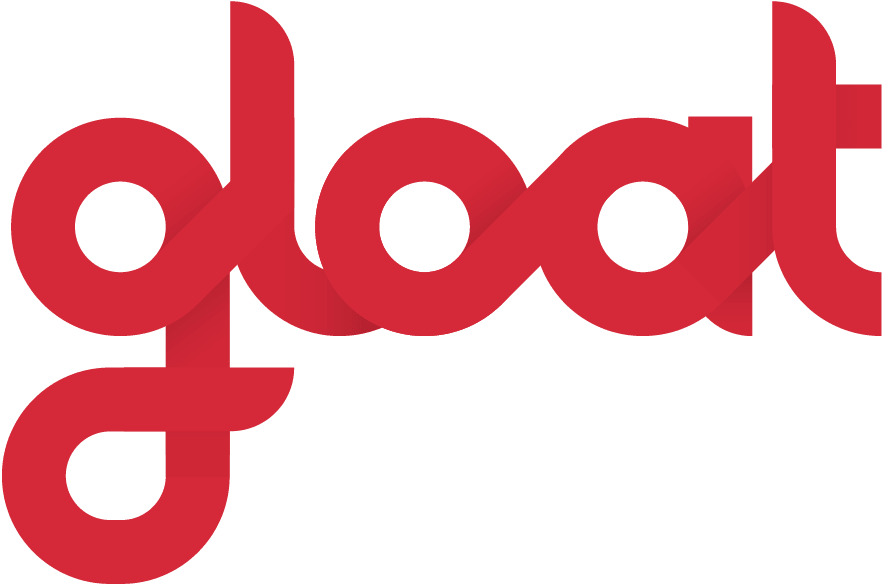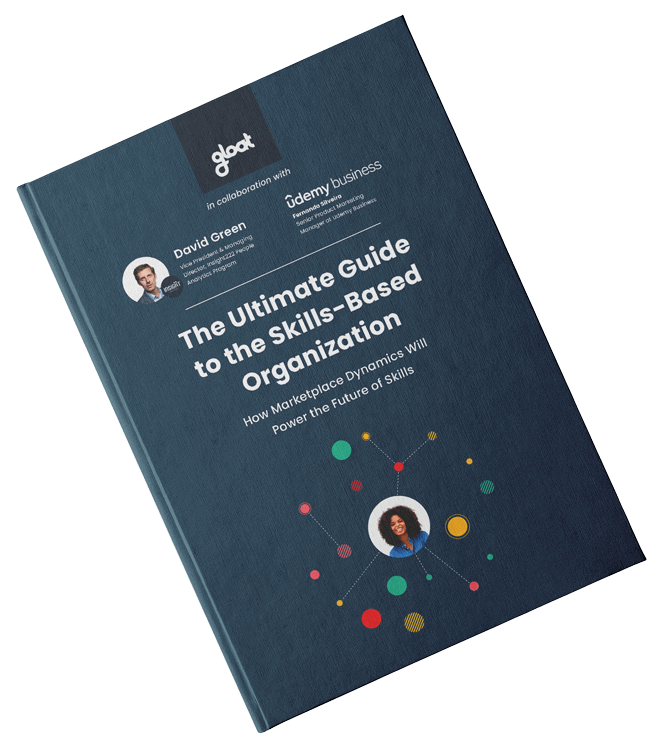Understanding and closing the global skills gap
Learn how to turn knowledge shortages into a thing of the past

The global skills gap describes the discrepancy between the capabilities that organizations across the world possess and the skills they’ll need to execute strategic priorities. Far from a hypothetical, the global skills gap is a very real phenomenon that more and more leaders are coming face to face with.
In fact, according to McKinsey, nearly one in two organizations are currently struggling with skill gaps and another 44% predict they will begin grappling with them in the years to come. While many executives are increasingly aware of the issue and the magnitude of this skills shortage, most organizations are still in the early stages of devising strategies to overcome it.
Rather than letting these knowledge gaps snowball into bigger problems, there are a few steps businesses can take to proactively acquire the capabilities their organizations need so they can put a stop to these shortages once and for all.
The current state of the global skills gap
Today’s numbers illustrate just how dire the need for strategic skill-building is. 87% of businesses know they have skill gaps or anticipate them. Yet, despite these impending knowledge shortages, only 40% of employees believe their company offers upskilling opportunities.
To make matters worse, skill gaps are only likely to intensify in the years to come. As the pace of technological innovation accelerates and the half-life of skills continues to shrink, organizations may soon find that knowledge gaps are delaying business priorities and slowing output levels.
Skill gaps are always bad news, both for employees and the business they serve. Employees who lack in-demand expertise will struggle to grow their careers and remain relevant as job needs shift. From an employer’s perspective, if an organization doesn’t have the skills needed to complete high-priority tasks efficiently, its bottom line will suffer. In the financial sector alone, Korn Ferry estimates that a lack of in-demand skills could cause the industry to lose out on annual revenues of $1.3 trillion by 2030.
While all industries will be impacted by skill gaps on some level, financial services institutions may be particularly vulnerable to these knowledge shortages. According to a recent survey, 41% of financial services professionals indicate that talent woes were a top external factor impacting their efficiency.
4 key factors contributing to the global skills gap
There are a few factors that are responsible for exacerbating today’s skills shortage, including:
#1. Rapid technological advancements
By now, most leaders know that the rise of AI will impact jobs globally—the real question is how. Goldman Sachs estimates that roughly two-thirds of current jobs are exposed to some degree of AI automation and that generative AI could substitute up to one-fourth of the work employees currently perform.
Rather than fearing that these tools will put people out of work, leaders should brace for a shift in the responsibilities employees are expected to undertake. As AI takes over some workers’ tasks, it will simultaneously create new roles and responsibilities that employees will need to be upskilled or reskilled to step into.
#2. Changing market demands
Much like the skills that employees need are evolving, consumer demands are also shifting rapidly. People increasingly expect products and services that are customized to their unique needs and preferences and delivered to them on demand. Consequently, workforces will need to hone new skills to meet consumers’ heightened expectations and evolving preferences.
#3. Education and training mismatches
Beyond upskilling, there is a major reskilling imperative for organizations across the globe. The World Economic Forum predicted that by next year 50% of the global workforce will need reskilling, particularly as innovations like AI shift the nature of the work people do and the skills they need to execute various priorities. Savvy companies harness AI-powered systems like Gloat’s Skills Foundation to identify employees with transferable skills who can be reskilled into high-priority areas of the business.
#4. Demographic shifts and aging workforces
Businesses must also prepare for the so-called Silver Tsunami, which describes the knowledge loss that will occur when Baby Boomers retire from the workforce. With a record number of Americans turning 65 this year, a larger proportion of our population is approaching the traditional retirement age.
While research shows that the number of seniors who continue working is climbing, businesses must brace for a series of shifts as their workforces age. They should support older employees who wish to keep working while ensuring their organization doesn’t suffer from rampant institutional knowledge loss as some of their people retire.
4 strategies to close the skills gap
If you’re looking to put a stop to skill gaps, consider the following best practices:
#1. Take stock of workforce skills
To address skill gaps, executives need an in-depth understanding of their workforce’s capabilities. Traditionally, this bird’s eye view has been hard to come by because skills information is typically siloed into a few different HR systems. Most taxonomies are also out of date, leading to skill-building strategies that may not address the actual needs of the organization.
Rather than settling for this subpar understanding of workforce skills, companies are harnessing AI-powered systems like Gloat’s Skills Foundation to gain visibility into all of their people’s capabilities. These platforms are updated in real-time and pull from an employee’s LinkedIn profile or CV, in turn capturing the full range of knowledge and experience they’re bringing to the table.
#2. Use skill benchmarking to set goals
Skill benchmarking allows leaders to measure employees’ skills and skill levels to see how they compare to organizational and industry-wide standards. This analysis can help HR and L&D leaders determine whether an employee has the required skill sets and proficiencies to perform a role and identify upskilling opportunities to help bridge any existing gaps.
Skill benchmarking is a relatively new phenomenon made possible by the rise of skills intelligence systems. Before this technology, it was difficult for companies to gain a 360-degree view of skills, let alone explore how these competencies compared to other organizations in the same industry. As these platforms go mainstream, more organizations can evaluate their workforce’s capabilities against the competencies their competitors possess and adjust their skill-building strategies accordingly.
#3. Prepare to build new skill sets
As innovations emerge and priorities change, there will inevitably be times when employees need to learn new knowledge that no one in the organization possesses. In the past, external hiring was the dominant method for bridging these types of skill gaps.
However, as talent shortages grow severe and economic turbulence continues, executives are taking an internal-first approach to acquiring in-demand skills. Systems like Gloat’s Skills Foundation enable leaders to identify employees with adjacent skills who will make good candidates for the roles they’re trying to fill.
#4. Prioritize experiential learning
Once leaders identify where skills shortages lie, it’s up to them to develop new initiatives that will help their people hone these competencies. The most effective skill-building strategies will include both content-based L&D courses as well as experiential learning opportunities that give employees a chance to put the lessons they’re learning into practice.
To ensure all workers have access to these learning opportunities, many companies are turning to talent marketplaces. The platforms generate suggestions for projects, gigs, mentorships, and full-time roles based on an employee’s skills and career goals as well as the needs of the business.
To learn more about how leading companies are harnessing AI to put a stop to talent shortages once and for all, check out The Ultimate Guide to Becoming a Skills-Based Organization.





